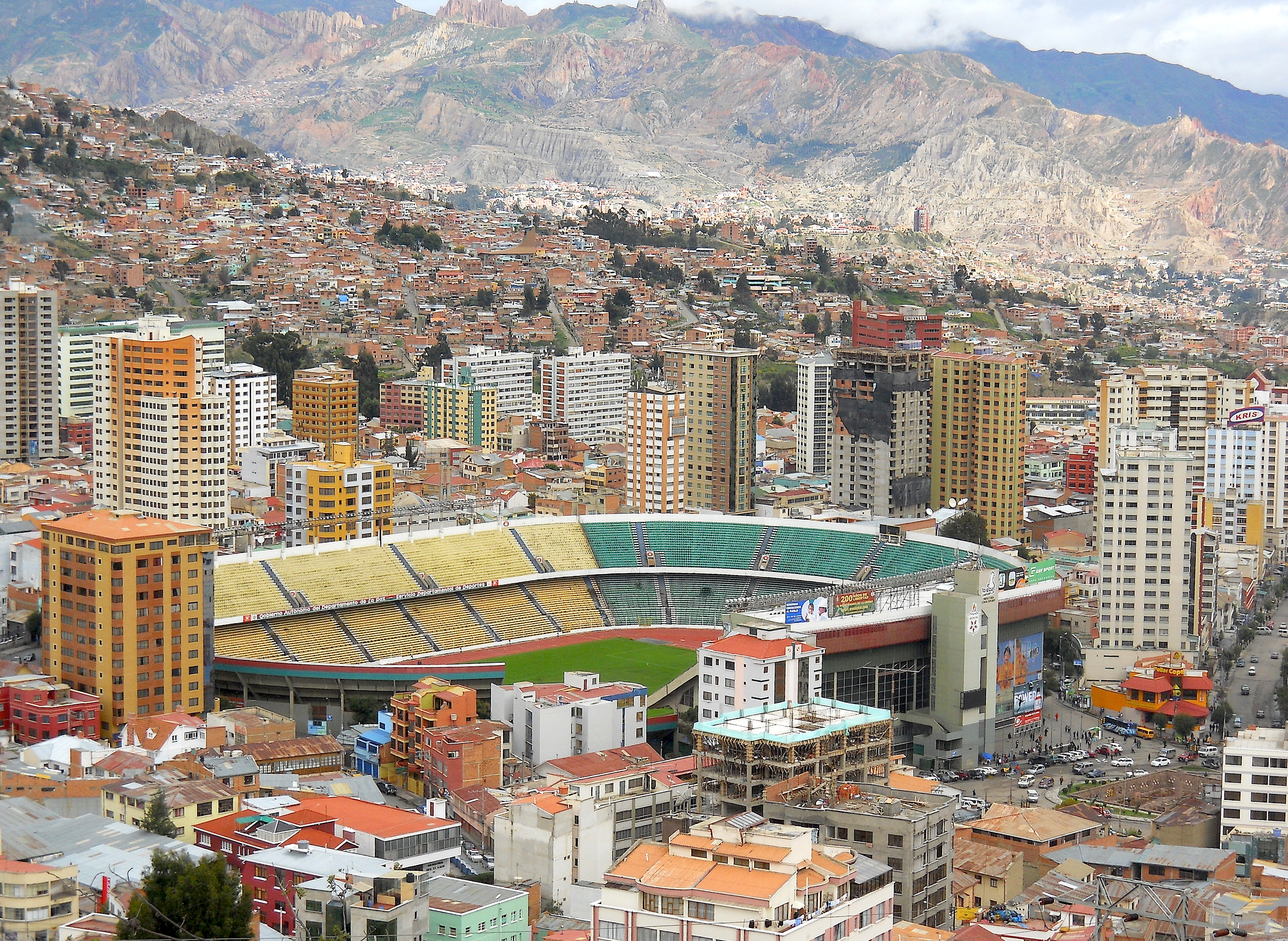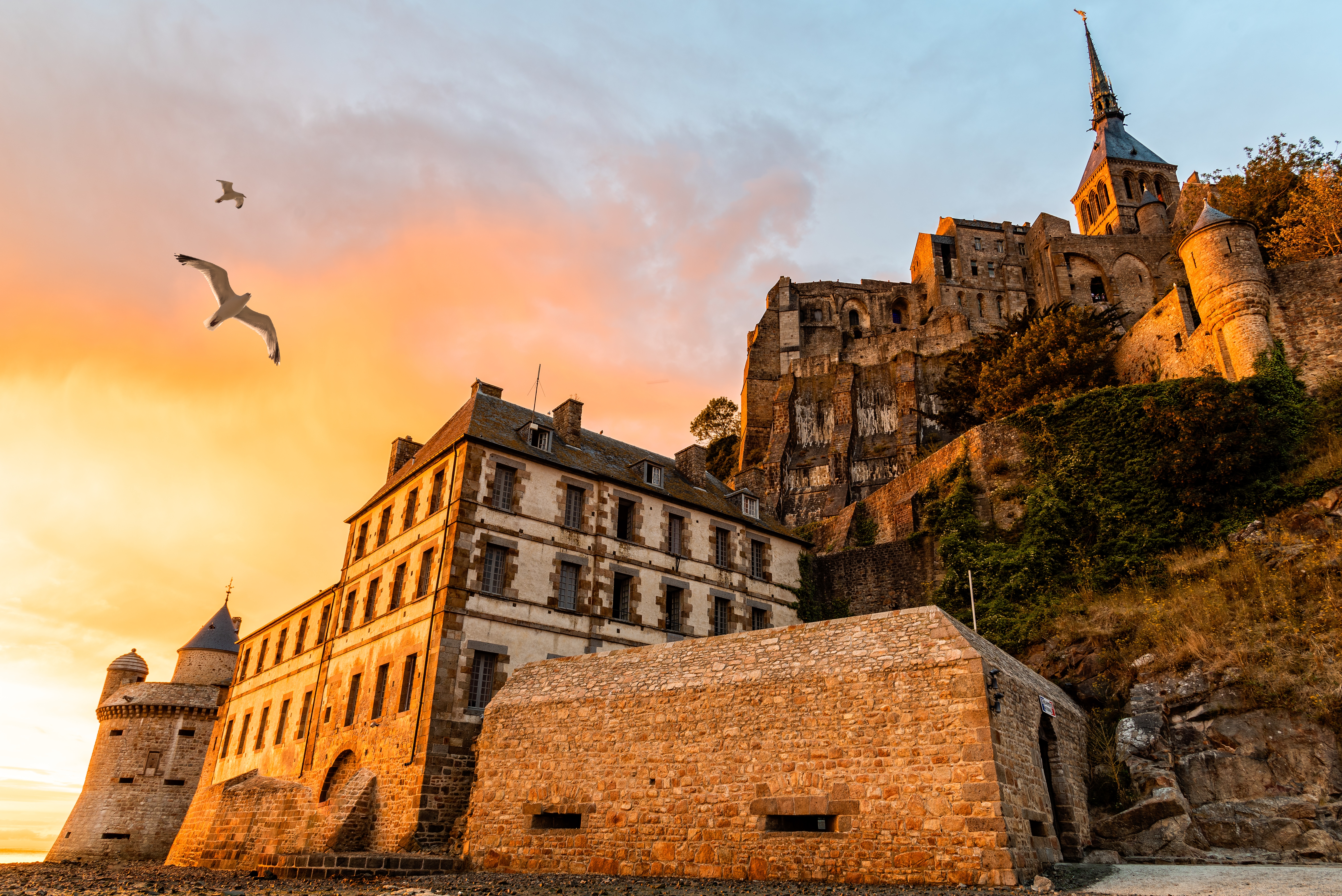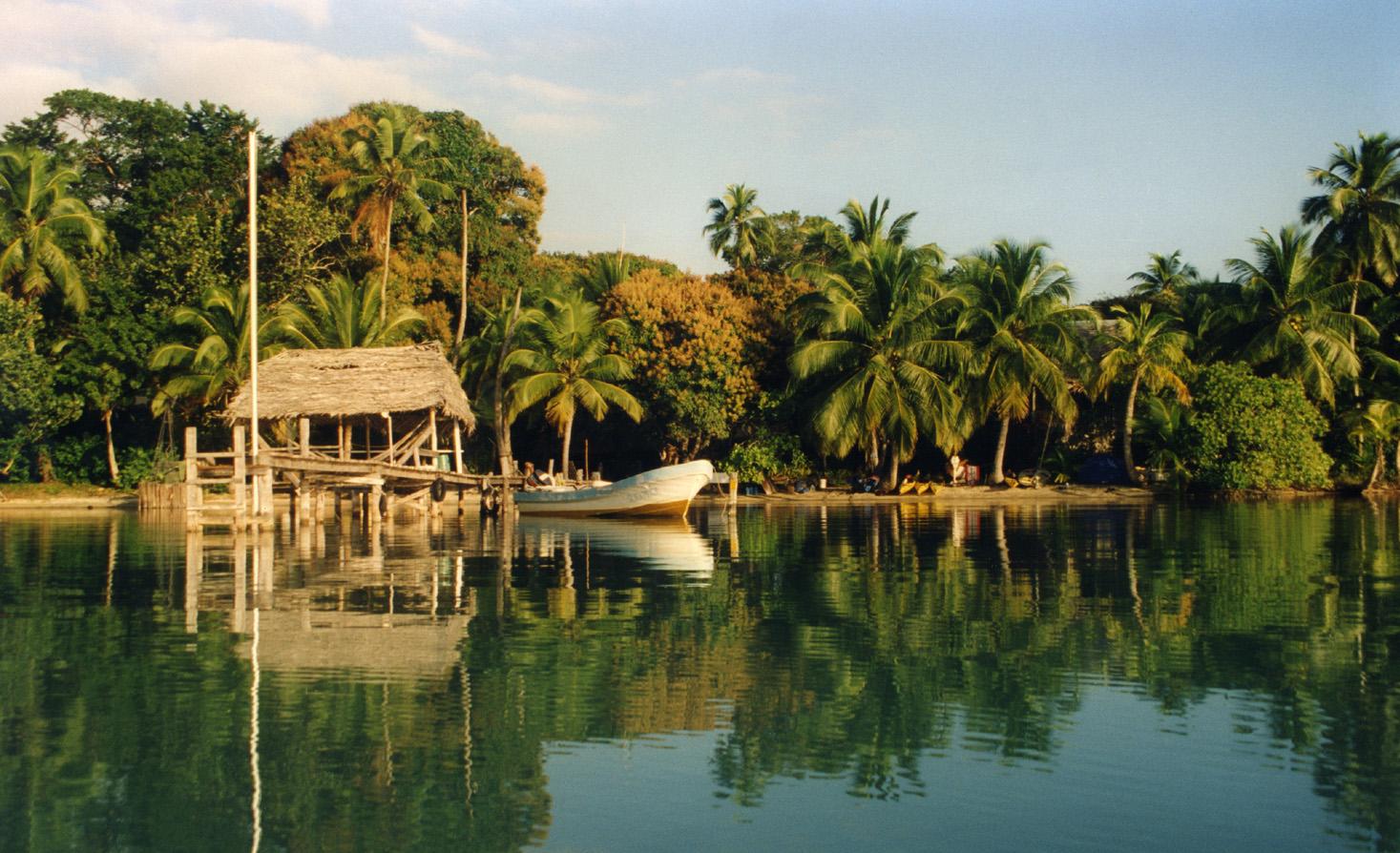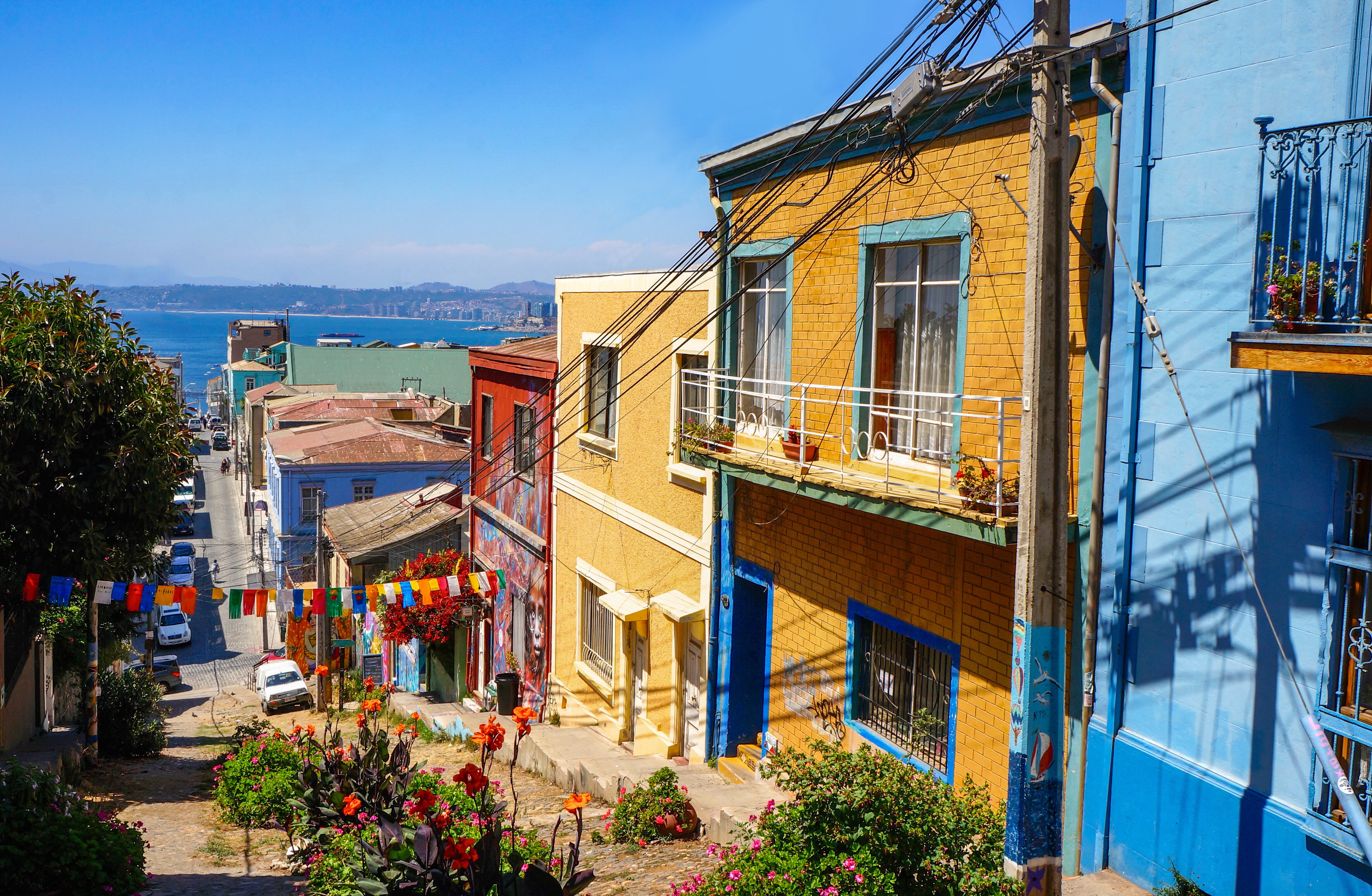Altitude Advantage: High-Elevation Stadiums with Panoramic Views
The world of sports is not just about the games played but also about the venues that host them. Stadiums perched at high altitudes offer a unique blend of breathtaking views and challenging conditions that test the mettle of athletes and delight spectators. This article embarks on a journey through 20 extraordinary stadiums that defy gravity. These architectural marvels, located in some of the world's highest regions, are not just feats of engineering but also cultural landmarks that embody the spirit of their locales. From the Andes to the Himalayas, these stadiums offer an unparalleled experience, blending the thrill of sports with the majesty of the natural world. As we explore these destinations, we'll delve into the history, challenges, and unique features that make each one a must-visit for sports enthusiasts and travelers alike.
1. La Paz's Estadio Hernando Siles: Football in the Clouds (11,932 ft)

Estadio Hernando Siles, located in La Paz, Bolivia, holds a near-mythic status in world football due to its staggering elevation of approximately 3,637 meters (11,932 ft) above sea level. Opened in 1930 and named after a former Bolivian president, this stadium has hosted countless domestic and international matches, including pivotal World Cup qualifiers. The thin air here is notorious—players and visiting teams must cope with reduced oxygen levels that can drain stamina and alter the trajectory of the ball. Some teams arrive days in advance to acclimatize, while others rely on oxygen tanks and carefully managed training sessions. Beyond the sporting drama, Estadio Hernando Siles carries immense cultural weight. Bolivian fans turn out in droves, draped in national colors, and create a euphoric atmosphere that reverberates through the surrounding Andean peaks. The stadium’s design, while functional, has undergone multiple renovations over the decades to meet international standards. It now comfortably seats over 40,000 spectators, yet remains true to its historic roots.








